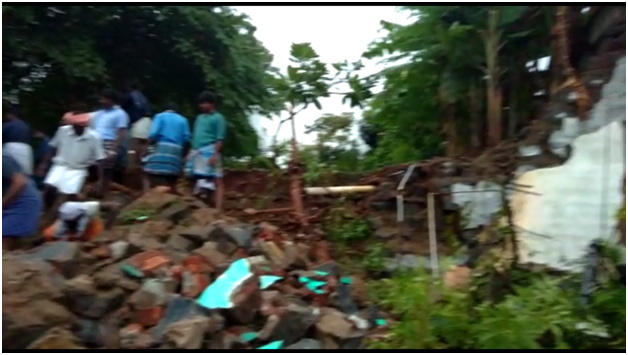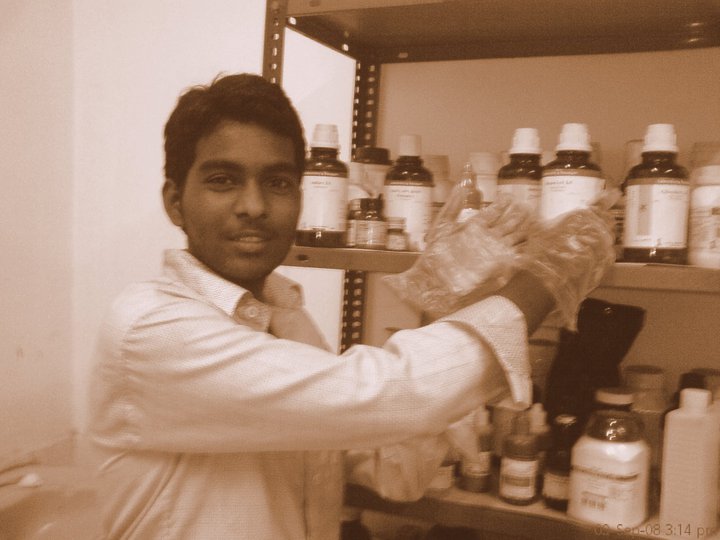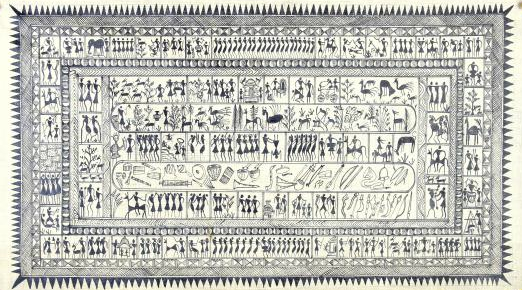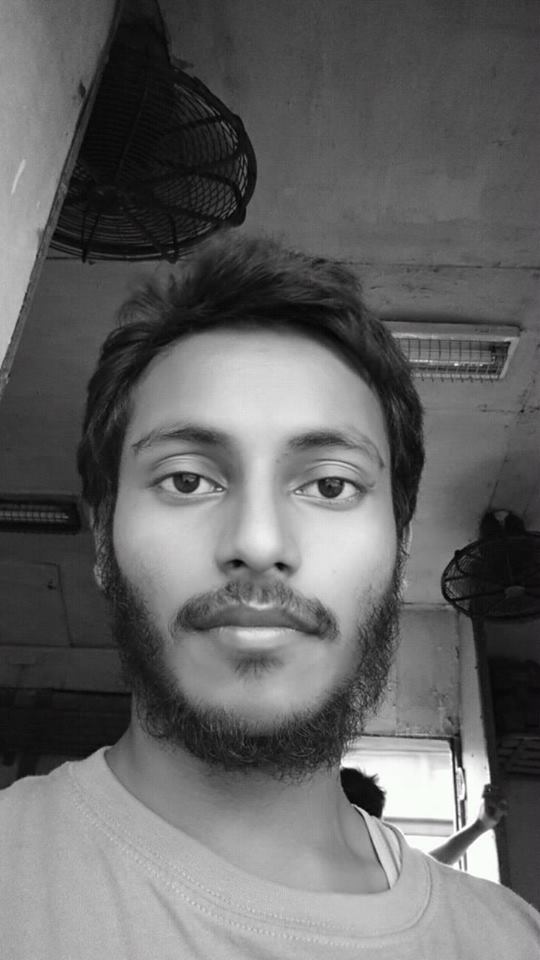Dr. Ravichandran Bathran
At the outset, untouchability or caste is never an issue until it takes lives. Similarly, the wall is in discussion, also, only due to the lives it took. The collapse of the 20 feet high and 80 feet long wall in #Nadoor a small village situated in Mettupalayam has attracted a lot of attention. It came to discussion not for the size of the wall or the place it was built, or the person who built it, Sivasubramaniyan the owner of Sakravarthithugilmaligai, but the discussion erupted because of the impact this huge wall has had on 17 human lives.

17 lives killed is news, be that at any place across Tamil Nadu and for the 24/7 Tamil news channels, this should be a newsworthy of attention, irrespective of the place where it happened. But not sure whether it’s because of Dalits deaths even the YouTube creators did not engage with the issue much. 24/7 channels restricted their broadcasts only to rescue operations and covering CM or opposition parties’ visits. The police arrested most Dalit activists, who were very critical on this issue, on the day of death itself and remanded them. Not sure when they will release them.
In this area, one can hardly see a picture of Ambedkar, and the awareness of caste is the lowest. This is unique to the western part of Tamil Nadu, as Jakkaiyan of Aathi Thamilar Katchi said, in these areas, there is not a single Ambedkar statue. Maybe unaware of caste, most people in the village argue about the wall as though it’s a fight between the poor and the rich. It’s also a fact that most people who visited the demolition spot hardly spoke to the families or their close relatives. Hence for most, it was just a visit to the demolition spot, and speaking to the press but not to the public who were not even seen at the forefront. Most have termed it as an untouchability wall.
It’s often or always believed that an untouchability wall was built between Non-Dalits and Dalits. The purpose of the wall was always about restricting access of Dalits to the Non-Dalit area. So when Dalits argue against the untouchability wall people take it as though the wall is the problem of dalits: such a minimal understanding is tested in Nadoor, earlier it was tested in Santhaiyur, where a wall was built between Dalit castes. This particular wall in Nadoor was built to restrict access of not only SCs but also MBCs. I have to mention this as almost all leaders made this into a wall built exclusively for restricting SCs.
Calling the Nadur wall as Untouchability Wall was first started by Pa.Ranjith. It was his tweet that started the discussion:

BJP leader Vanathi Srinivasan accused Pa Ranjith of calling it an untouchability wall. VCK President Thol. Thirumavalavan also called it the same. Caste had its center stage.
With as many as 17 members losing their lives, there was hardly any protest from these families or the villagers. They were shocked; however many Dalit movements, especially of Arunthatiyars, gathered at the hospital and demanded proper compensation, and also to book the caste Hindu who built the wall under the SC/ST Act. The BJP, likewise AIADMK, argued that this is a compound wall built on private property and that due to heavy rain the wall collapsed.
Many including The Hindu don’t call it an untouchability wall. There will be many who have this opinion and this piece is not to convince them. To them we can only say a wall not falling on the vacant land but on 17 Dalits itself is enough to say that it is, in particular, a caste wall. Whether the wall, when constructed was untouchable or not is hardly a matter to consider, but after its fall it is a caste wall.

(pic 1: blocking the main road and also increased the size with three lines, separating AD colony and Cooperative colony)
Nadoor, is situated on a slope, where the water/drainage stream is at the bottom of the land (right side of the picture). Adjacent to the water stream live Arunthathiyars with yellow marking one side and Boyars with the marking of light blue at the other end. On the top of the land live the caste Hindus marked with the red box–their area is called as Cooperative colony. The living area of the Boyars is called as Anna Nagar, Arunthathiyar area is called Harijan colony or Aadi-dravida (AD) colony or Chakkiliyar colony or Madiga colony. Only a footpath separates Anna Nagar and AD colony.
Arunthathiyars are separated with a compound wall built by the four caste Hindu families. This wall is marked with a blue line from top to down. This wall separates AD colony from the Cooperative colony. Since its a sloping land, all four caste Hindus have levelled the slope to the height which places them on the high land. In other words, these four caste Hindus did not live on a slope but increased the height. Though the ground has been levelled, the drainage, wastewater, and rainwater still move towards the sloping land via AD colony. Three owners built an open drain and used only hollow blocks to build their wall.

Pic: coconut trees right side
But Sivasubramaniyan (pic below) used basalt without proper foundation and moreover, adjacent to the wall he built his septic tank. Lakshmi, one of the dead, has been complaining to Sivasubramaniyan that the drainage keeps flowing next to their houses and when it rains the water clogs adjacent to their houses.

The other important factor to the fall, Sivasubramaniyan had lots of coconut trees on the left and banana trees on the right side of the wall. The artificial height and continuous water flow in these areas led to the collapse of the wall.
There are other three caste Hindu walls still standing and among them one which was built by blocking the public road (pic 1). The public has been protesting but the house owner is not letting the wall to be demolished. The wall was 15 feet high earlier and just a few months ago, the house owner increased it to 20 feet. Now you can only see the sky but earlier, people could see the building and AD colony.
Boyars live at the other end and on one end of their colony is the drainage and the other end is vacant land. Next to the vacant is the LEF school area, where again, the caste Hindus live. Some builder has recently bought the vacant land. And as he felt that people won’t buy the plot if the colony is seen, he too constructed a huge 20 feet high wall, covering all the Boyar side. To construct this wall he encroached upon the drainage, increased its height and built a compound wall.

~

This encroachment has created an obstacle for the flow of rainwater and during rains, the flash flood enters the houses. In one of the houses the water pushed through the wall (see pic below); luckily that night, no one was inside.

The caste Hindus of the area have been asking Boyar area members not to use the footpath that enters the caste Hindus area, but use the AD colony area. Boyars say they don’t have issues but that footpath in AD colony would take one kilometer long. Certainly for Boyars, the MBCs, this is a caste wall and they have issues with it, but those who speak about the untouchability wall that fell on Arunthathiyars or in Arnthathiyar colony forget or don’t even visit MBC area.
~~~
Dr. Ravichandran Bathran is a founder member of Dalit Camera.










